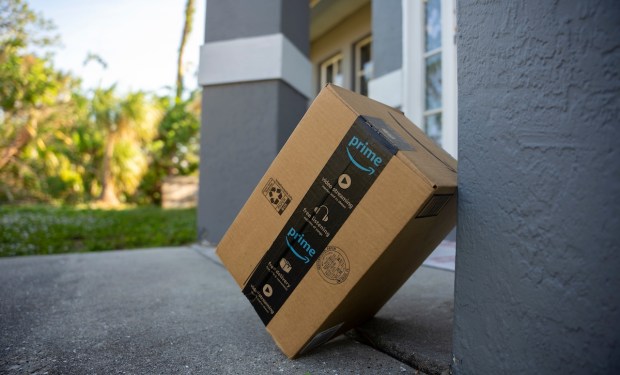Klaviyo Adds Buy With Prime to Marketing Platform

Marketing automation platform Klaviyo has launched an integration with Amazon’s Buy With Prime.
The integration lets Klavio users “easily sync their Buy With Prime order and customer data with their Klaviyo account, giving them a more complete view of each customer,” according to a Thursday (May 25) press release.
Businesses that use Klaviyo for Buy With Prime gain a single, real-time view of their customers, as well as increased conversions and revenue, per the release.
The integration also lets businesses use Klaviyo’s advertising integrations to attract new customers that made similar Buy With Prime purchases and “cross-promote other products that are eligible for Buy With Prime, so they can convert and attract new customers with timely and relevant communications,” the release said.
Launched last year, Buy With Prime allows merchants to sell listed products directly from their websites, making Amazon’s payments and fulfillment services available at checkout. That lets consumers use their Prime membership to get benefits like quicker, no-cost delivery.
In January, Amazon expanded the Buy With Prime program, turning it from an invite-only service to one open to all eligible U.S. merchants.
“By making Buy With Prime available to a greater swath of merchants in the U.S. … the company is acknowledging a few things,” PYMNTS wrote at the time. “First, the direct-to-consumer (D2C) model is gathering steam within eCommerce, and secondly, speedy delivery remains a competitive advantage.”
The D2C push is significant. It represents fertile ground to bring the checkout experience, where payments are embedded into a one-click functionality, well beyond Amazon’s digital real estate.
In this way, Amazon continues to solidify and grow its eCommerce share, the fees tied to Amazon Pay (Buy With Prime requires merchants to accept payments using the payment solution), and crowds out at least some payments competitors/alternatives.
That January report also noted the growing importance of third-party sellers for Amazon, a point further underscored this week by the release of the company’s annual U.S. Small Business Empowerment Report.
According to that report, 60% of sales on Amazon’s stores come from independent sellers, most of which are small- to medium-sized businesses (SMBs). The report also found that these merchants sold 4.1 billion products last year, with businesses in rural areas seeing sales increase more than 40% year over year.
For all PYMNTS retail coverage, subscribe to the daily Retail Newsletter.

